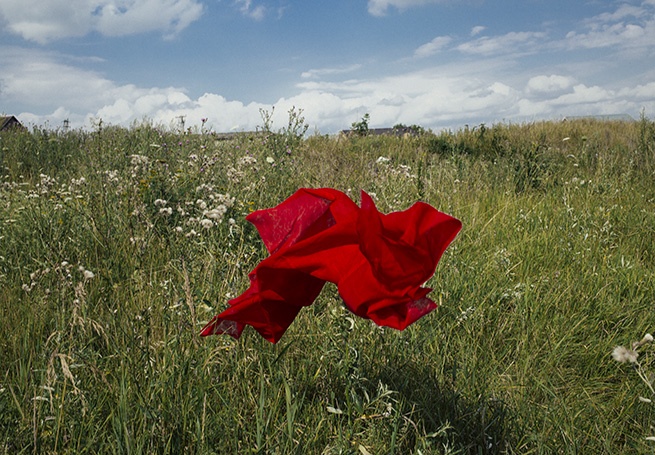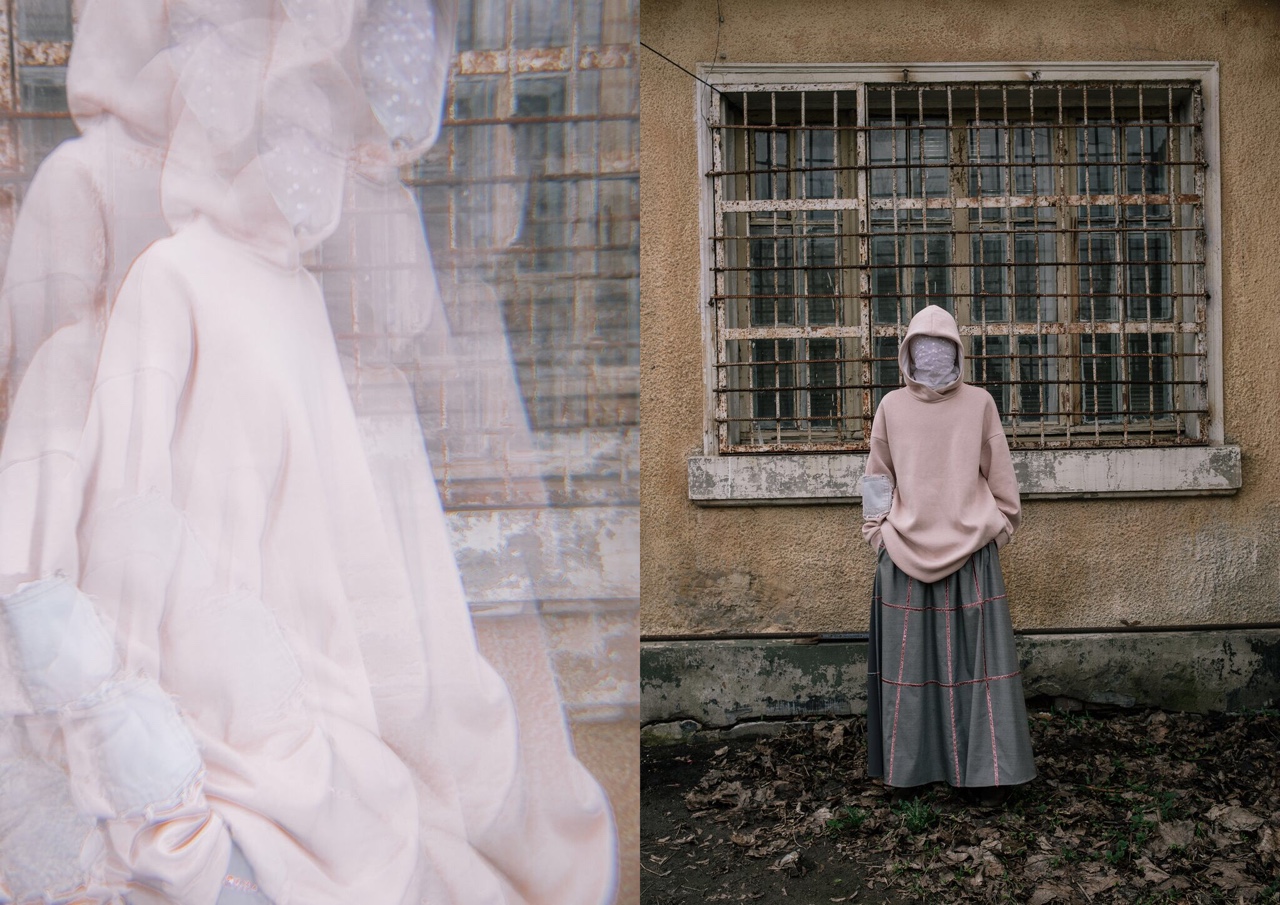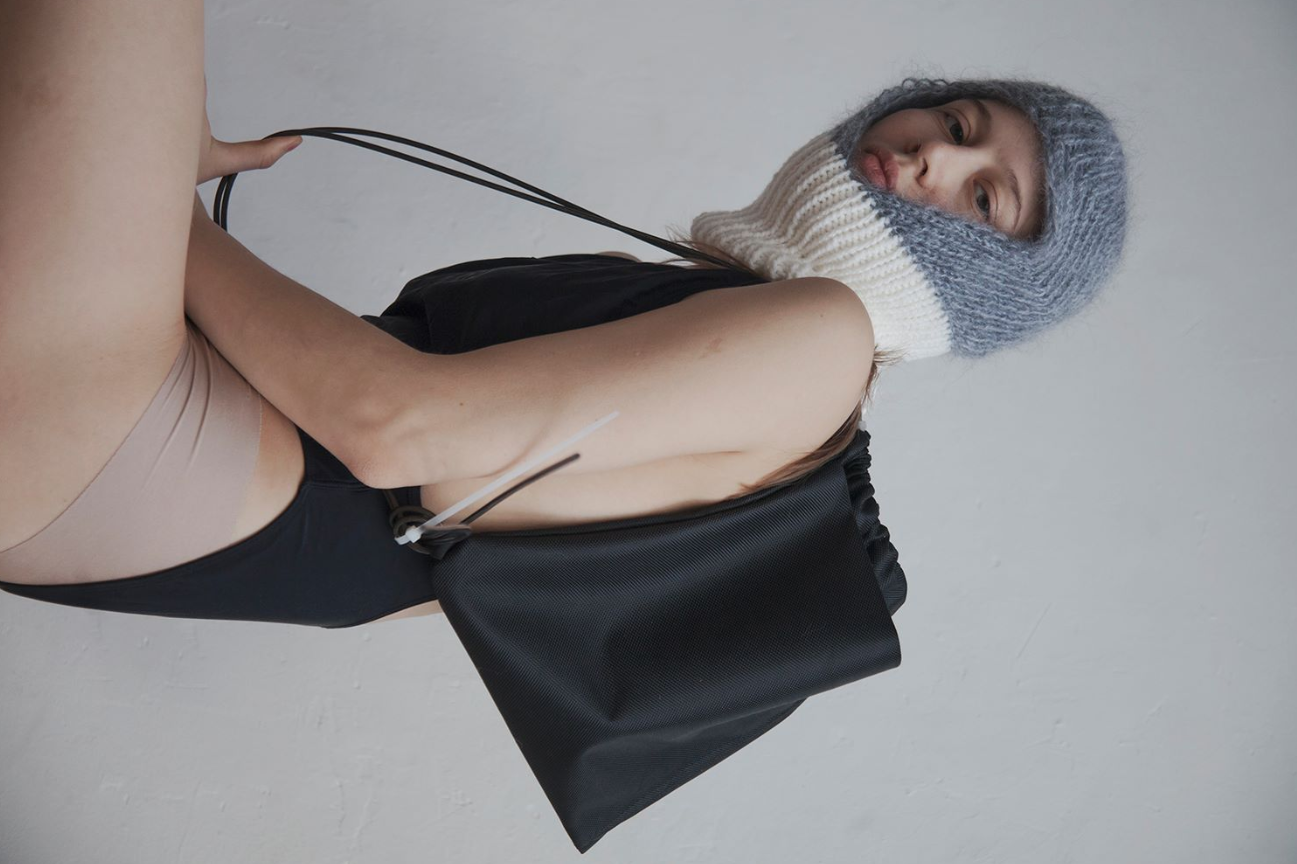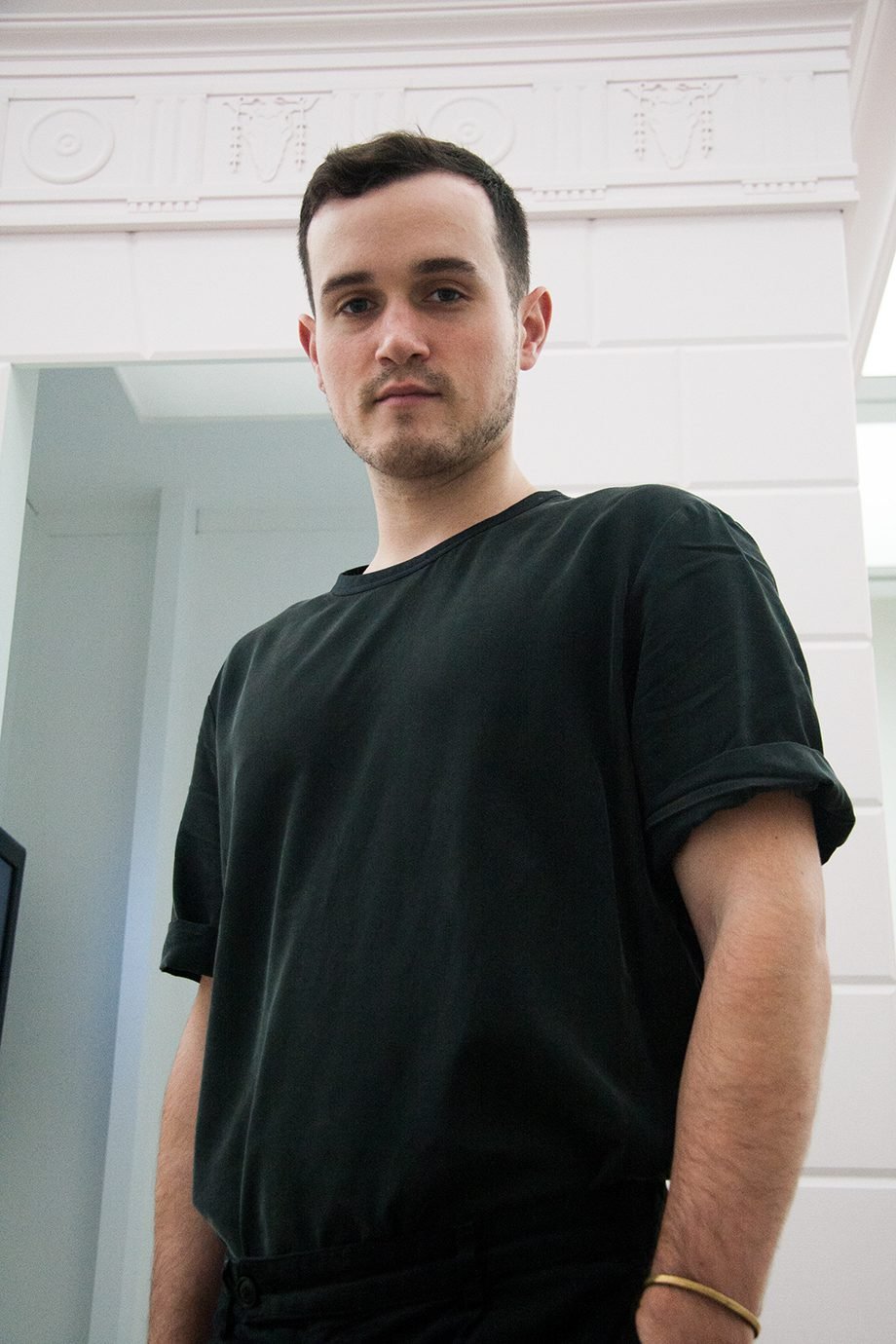There is also a privilege of distance that some of these designers enjoy, being able to observe their own culture from afar for additional insight. After coming to London, Turkina realized “I am totally Russian, and not in a bad way. I realized that I love my culture, I love my language. We have all these books and films; why should we be ashamed of it, or hate it?” Likewise, Demna Gvasalia has become more articulate about the Soviet Union, having only spoken about Germany in the past. It seems almost fashionable now, to tap on these personal and national histories.
Under Putin, the current Russian identity appears to be making a return to pre-revolutionary ideas and values. While that might be propagated by the government, as one of the audience members observed, Anatasiia speaks of a ‘double-gaze’ amongst the younger designers on their ‘Russian-ness’: “they look at themselves but also the way the West perceives them. They often have this notion that the West sees them as evil and weird, which perhaps corresponds to them not being afraid, just quite alienated.”
“THE MOST INTERESTING NARRATIVES IN FASHION COME FROM POLITICALLY CONFLICTED PLACES.”
There is a culture of second-hand shopping in Russia, many of which are imported from UK/EU. Youths are refashioning these second-hand clothes to aspire to what they see online from the West, which is in turn admired by those from the West even though the clothes used to belong to them, generating a humorous, ironic exchange between the two. “A lot of times, the people in Ukraine are buying these second-hand stuff to clean it and then resell it back to the UK on eBay.”












